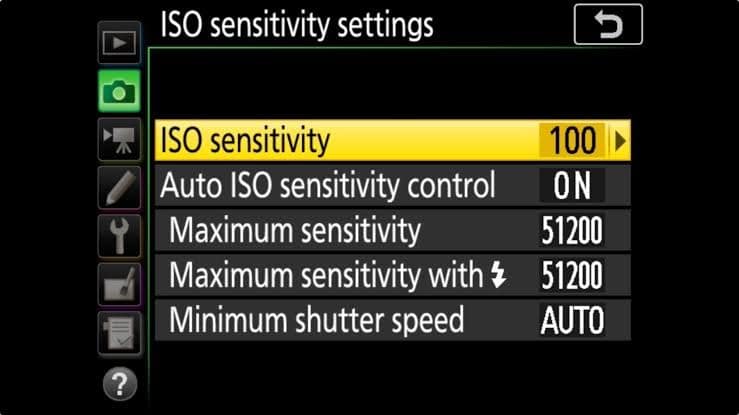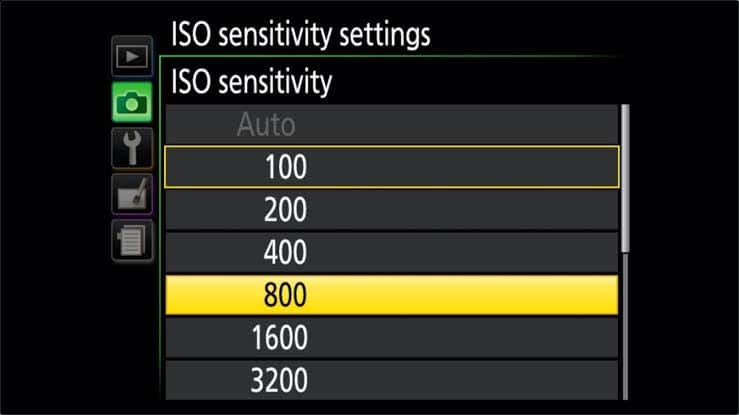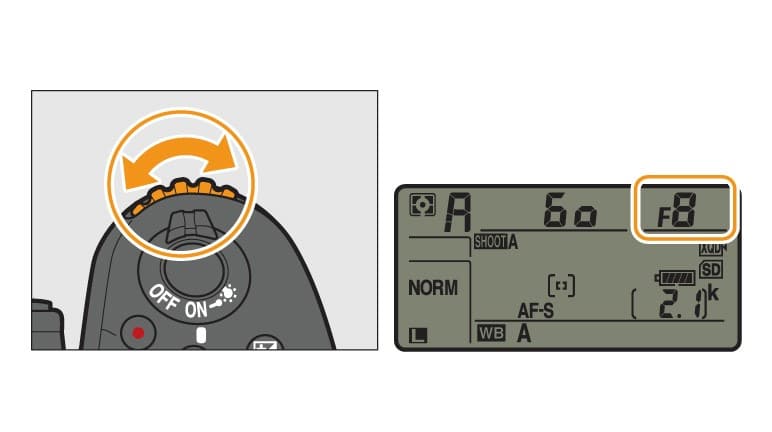When you purchase through links on our site, we may earn an affiliate commission. Here’s how it works.
Nikon D500 Portrait settings
The D500 works like a dream camera with a fast and effective autofocus system.
The exceptional shooting capability, first-rate metering, as well as white balance systems, are some of its features that make it worth the price.
Besides all the specifications, you also get the 4K video feature, along with high-tech autofocus and overall image quality.
In this article, you will get to know the best settings for the Nikon D500 portrait.
Step 1. Use a good lens and other required accessories
A short telephoto lens like an 85-100mm is good. It will compress the perspective while letting the background stay less focused without distorting the subject’s face.
A wide-angle lens isn’t bad, but usually affects the capturing capability of the subject and makes the face look oddly proportioned.
For environmental portrait, or shooting a group photo, use a slight wide-angle to a normal lens.
Use a tripod:
For capturing the best expressions, use a tripod that will maintain better eye contact with your subject.
Use a remote trigger:
With this, you will get sharper images. With the tripod, you can use a slower shutter speed.
Other Photography Equipment:
Make use of proper reflectors, flashes, and other gears.
Step 2. Set the ISO
- For portraits, everyone desires to get the highest image quality. ISO set between 100 and 400 with usable shutter speed gives you excellent image quality. However, you can use ISO 800 or even 1600 if you need.
- If you’re shooting in broad daylight, use the lowest ISO setting possible. Setting ISO to 100 and 200 gives the desired result on sunny and cloudy days respectively.

Nikon D500 Portrait settings – ISO sensitivity

Nikon D500 Portrait settings – ISO
Step 3. Set the Aperture

Nikon D500 Portrait settings – aperture
- While shooting a portrait, you can rarely see the background properly. Hence, you are required to keep the subject in sharp focus. Judicious use of aperture control can set the mood. Selecting Manual mode will help you while setting the aperture and shutter speed. You can get a limited depth of field by selecting the largest aperture like f/1.8. Likewise, if you want more focus on the eyes while less on the nose, reduce the aperture to get the desired result. If you are a beginner and you find focusing can be a problem, set it to manual focus for more control.
- For portraits of an individual, choose an aperture around f/2 and f/4. Using a wide aperture will make the background blurry while paying more attention to the subject. Be careful while shooting in wide opened areas and apertures settings of f/1.8 or f/1.4 would certainly help in this regard.
- For portraits of couples and groups, keep the aperture around f/5.6 or f/8 as that will maintain adequate sharpness.
Step 4. Set the Shutter speed
- Professional photographers shoot at a shutter speed of around 1/200s. Manual mode is used quite often to control the aperture as well. On the other hand, the shutter priority mode allows choosing the appropriate shutter speed.
- Pro-tip:
For the dim-lit environment, increase the ISO and the shutter speed to avoid blur.
Step 5. Activate the white balance
Auto White Balance delivers exceptionally creative portrait shots in a studio for the adjustment of the lighting levels that can be fixed to get consistent results.
However, shooting in daylight at mid-day in a shady area requires customization. While shooting in predominantly white scenes, the whites start looking grey or unnatural.
Pre-setting white balance helps to choose the right measurement in these situations.
Final Word
The Nikon D500 has proved itself as an excellent piece in delivering exceptionally elegant images. It presents a similar specification to the D850.
These upgraded features make the D500 a symbol of high-end technology, giving the photographer the desired output in terms of white balance, autofocus, and metering performance.